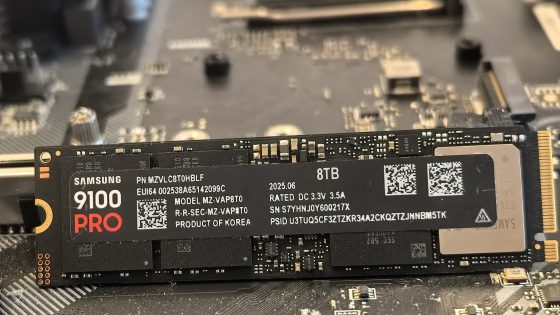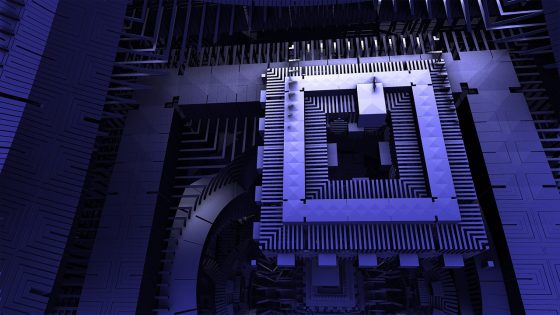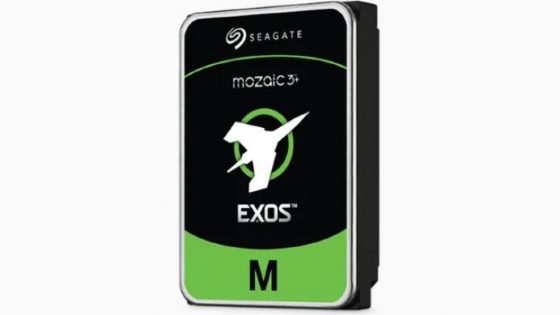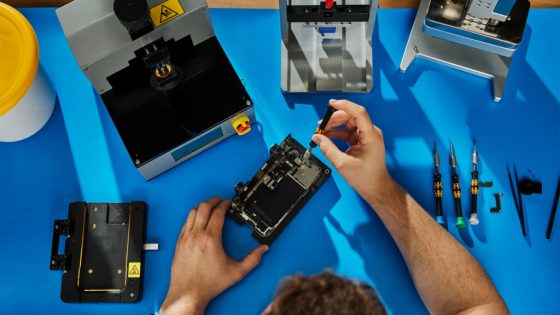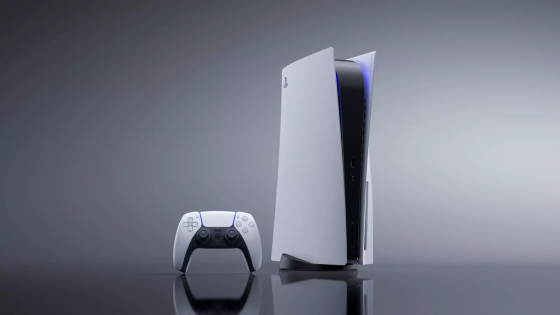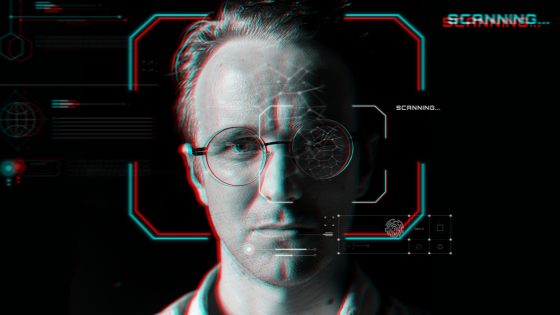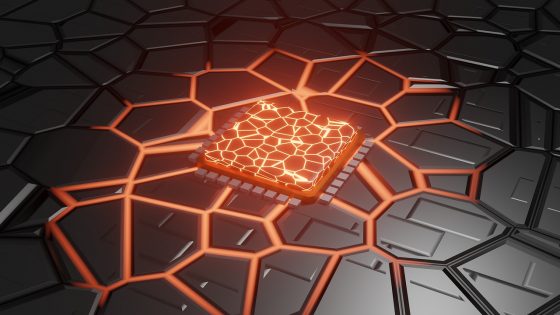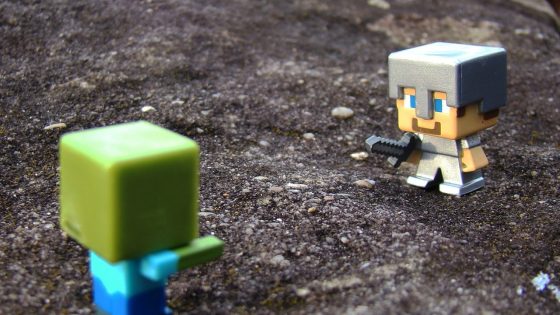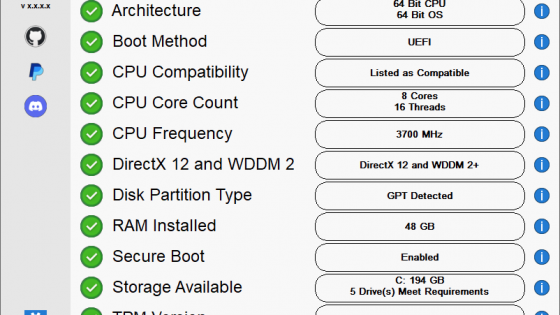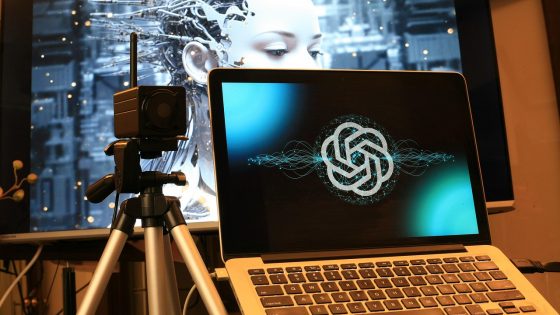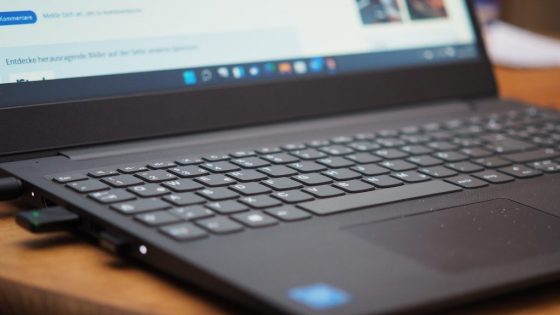Organoid Intelligence - Revolutionary computers powered by human brain cells
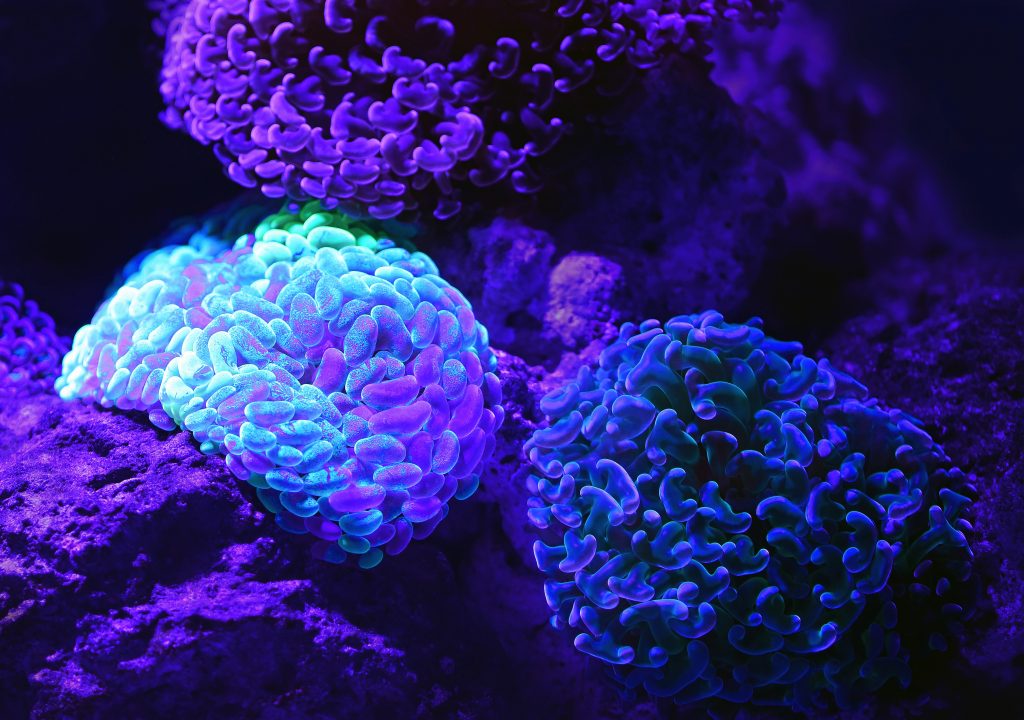
Scientists are almost ready to unveil a revolutionary path for the advancement of computing. It's called "organoid intelligence" (OI), where lab-grown brain organoids would act as biological hardware.
Artificial intelligence has long been inspired by the human brain. This approach has proven to be very successful. AI boasts impressive achievements – from diagnosing medical conditions to writing poetry. Nevertheless, the original model still outperforms the machines in many ways. That's why we can, for example, "prove our humanity" with trivial image tests online. Instead of trying to simulate the human brain, scientists went straight to the source.
Many disciplines are working to create revolutionary biocomputers where 3D cultures of brain cells, called brain organoids, serve as biological hardware. They published their plan to realize this vision in the journal Frontiers in Science.
"We call this new interdisciplinary field 'organoid intelligence' (OI)," said Professor Thomas Hartung of Johns Hopkins University. "A community of top scientists has come together to develop this technology, which we believe will usher in a new era of fast, powerful and efficient biocomputing."
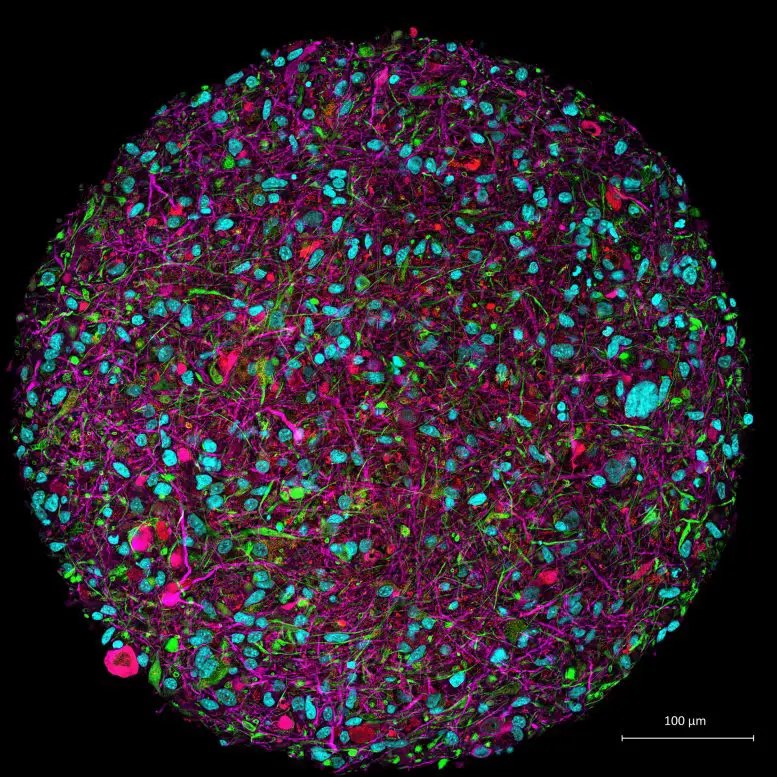
What are brain organoids and why can they be such good computers?
Brain organoids are a special type of laboratory-grown cell culture. Although brain organoids are not classified as “mini-brains,” they do share key aspects of brain function and structure, such as neurons and other brain cells that are essential for the cognitive functions of learning and memory. Why are they so special? Most cell cultures have a flat structure, but organoids are three-dimensional, which increases their cell density by 1000 times. As a result, neurons can form many more connections.
But even if brain organoids are good imitations of the brain, why would they be good computers? After all, aren't computers smarter and faster than brains?
"While silicon-based computers are certainly better at numbers, brains are better at learning," explained Hartung. “For example, AlphaGo [the AI that beat the world's number one Go player in 2017] was trained on data from 160,000 games. A person would have to play five hours a day for more than 175 years to play the same number of games.”
The brain is not only a better learner, it is also more energy efficient. For example, the amount of energy used to train AlphaGo is greater than that required to "maintain" an active adult for a decade.
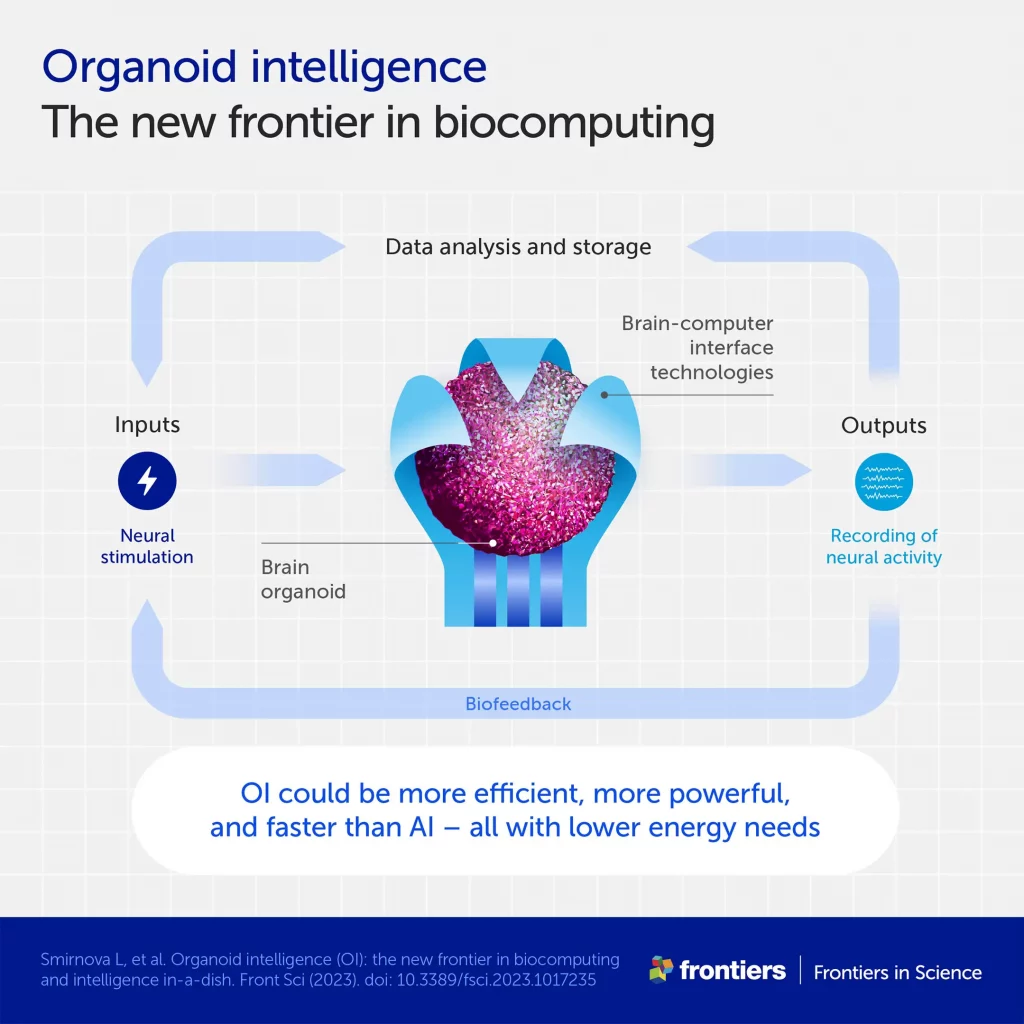
"The brain also has an incredible capacity to store information, estimated at 2,500 TB," Hartung added. “We are reaching the physical limits of silicon computers because we cannot pack more transistors into a small chip. But the brain is built completely differently. It has about 100 billion neurons connected through more than 1015 connection points. That's a huge difference in power compared to our current technology.”
What would organoid intelligence biocomputers look like?
According to Hartung, current brain organoids need to be enlarged if they are to serve as organoid intelligence. “They are too small, each containing around 50,000 cells. We should increase this number to 10 million for the OI," he explained.
In parallel, researchers are developing technology to communicate with organoids. Simply put, they are developing technology to send information and read data from which they could tell what the organoids are "thinking". They will help each other with tools from various scientific disciplines and adapt them for their purposes, such as bioengineering and machine learning. This will allow them to develop new stimulation and recording devices.

"We have developed a device that will act as an interface between the brain and the computer. It is a kind of EEG cap for organoids, which we presented in an article published last August. It is a flexible shell that is densely covered with tiny electrodes that can pick up signals from the organoid and transmit them to it," said Hartung.
The team of researchers envisions OI eventually incorporating a wide variety of stimulation and recording tools. These will orchestrate interactions in networks of interconnected organoids that would perform more complex computational tasks.
Organoid intelligence could help prevent and treat neurological conditions
Organoid potential intelligence it goes back beyond computing itself. Healthcare is an area that could benefit the most from new technology. Nobel laureates John Gurdon and Shinya Yamanaka have developed a breakthrough technique that makes it feasible to create brain organoids from adult human tissue. This means that scientists can develop customized brain organoids from skin samples from patients with neurological disorders such as Alzheimer's disease. They can then test how genetic factors, drugs and toxins affect neurological disorders.
"Cognitive aspects of neurological conditions could also be studied with OI," Hartung said. “For example, we could compare memory formation in organoids obtained from healthy people and Alzheimer's patients and try to correct for relative deficits. OI could also be used to test whether certain substances, such as pesticides, cause memory or learning problems."
Ethics and moral principles
Creating human brain organoids that can learn, remember and interact with their environment raises complex ethical questions. For example, could we develop consciousness even in a basic form? Can they feel pain or suffering? And what rights would people have over brain organoids made from their own cells?
Researchers are well aware that their work raises many ethical questions. "A key part of our vision is to develop OI in an ethical and socially responsible way," said Hartung. “This is why we have worked with ethicists from the outset to establish an 'embedded ethics' approach. All ethical issues will be continuously evaluated by teams made up of scientists, ethicists and the public.”
How far are we from the first organoid intelligence?
OI is still in its infancy. A recently published study by researcher Dr. But Brett Kagan of Cortical Labs proves that the concept works. His team demonstrated that a normal, flat cell culture can learn to play the video game Pong.
"His team is already testing this with brain organoids," Hartung confirms. “I would say that repeating this experiment with organoids already meets the basic definition of OI. From here, it's just a matter of building communities, tools and technologies to realize the full potential of organoid intelligence."




